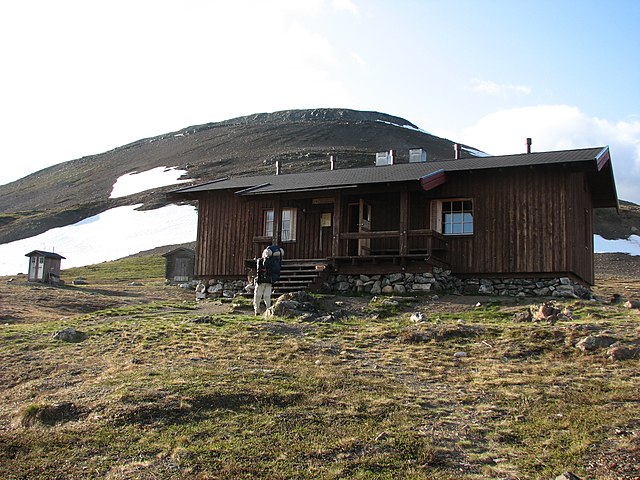A shieling is a hut or collection of huts on a seasonal pasture high in the hills, once common in wild or sparsely populated places in Scotland. Usually rectangular with a doorway on the south side and few or no windows, they were often constructed of dry stone or turf. More loosely, the term may denote a seasonal mountain pasture for the grazing of cattle in summer. Seasonal pasturage implies transhumance between the shieling and a valley settlement in winter. Many Scottish songs have been written about life in shielings, often concerning courtship and love. The ruins of shielings are abundant landscape features across Scotland, particularly the Highlands.
Ruined shieling south of Oban
18th-century shielings on the isle of Jura, from Thomas Pennant's 1776 Voyage to the Hebrides
A ruined shieling close to the Loch Langavat path, Isle of Lewis
The scant ruins of a summer shieling at Catlodge, near Laggan, marked by a green area around the building where the land had been cleared, which contrasts with the heather moorland
A hut is a small dwelling, which may be constructed of various local materials. Huts are a type of vernacular architecture because they are built of readily available materials such as wood, snow, ice, stone, grass, palm leaves, branches, clay, hides, fabric, or mud using techniques passed down through the generations.
Huts and a larger building in the form of burial urns at the museum at the Baths of Diocletian in Rome, Italy. Image: Sailko
A mountain hut in Enontekiö, Finland.
Chozo in Extremadura, Spain.
Hut in a village of Tebat Karai District








